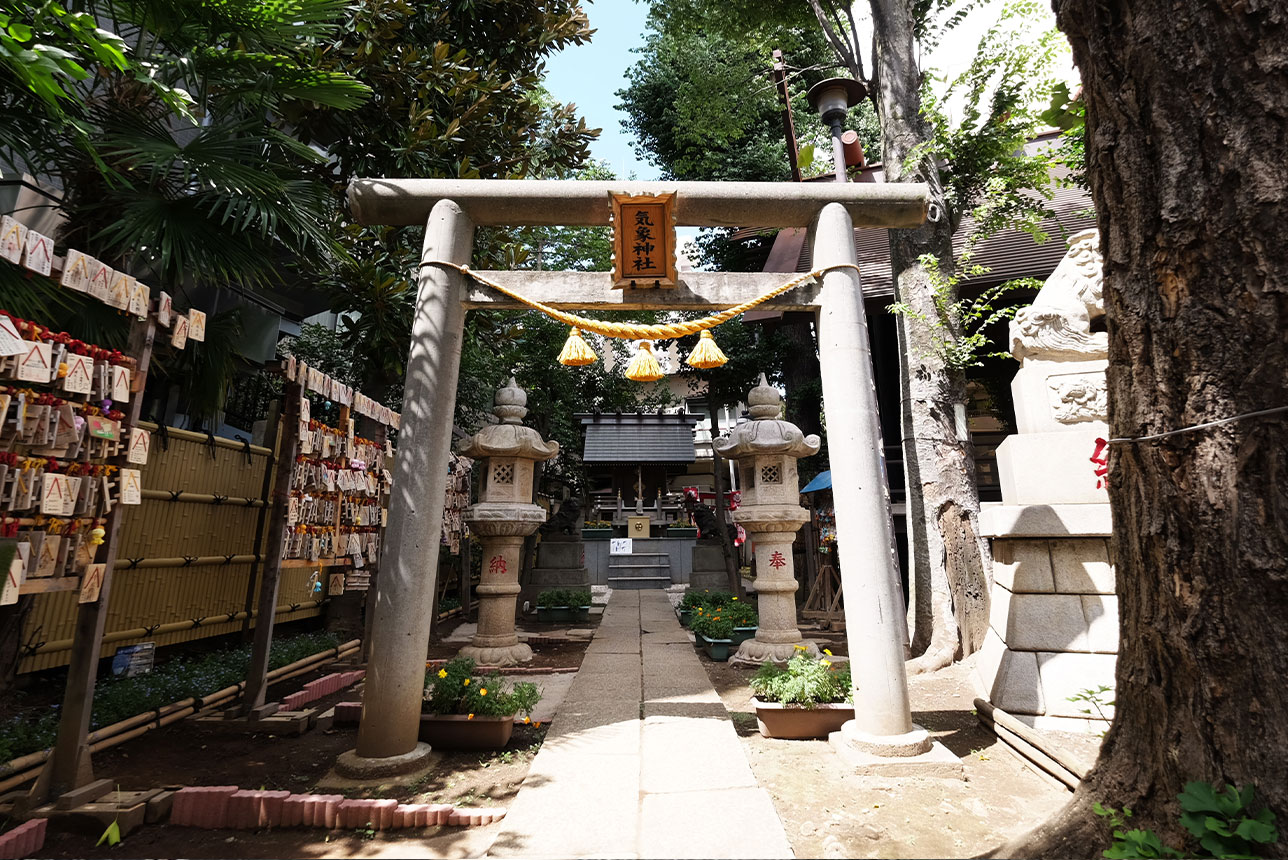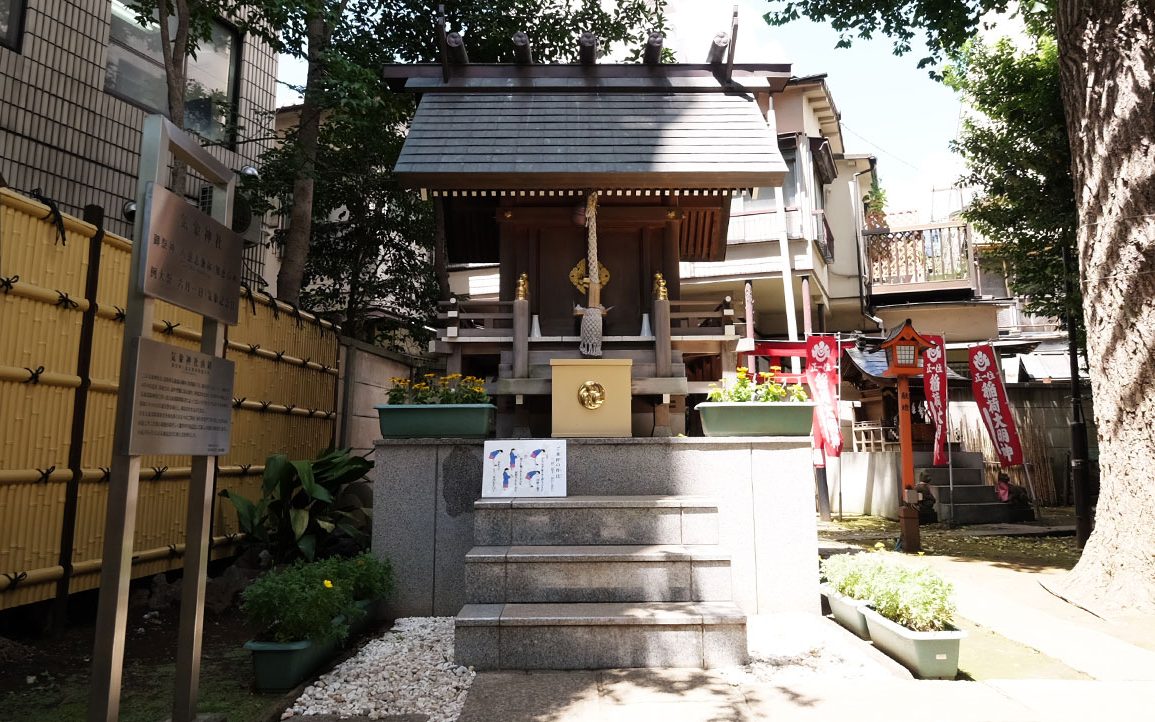In Tokyo’s vibrant western suburb of Suginami, the Kisho Jinja weather shrine has emerged as a unique sanctuary for those seeking respite from Japan’s increasingly erratic climate.
Celebrated as the nation’s sole shrine dedicated to weather, Kisho Jinja has become a pilgrimage site for people grappling with extreme weather conditions and their consequences.
The shrine, depicted in the popular 2019 anime *Weathering With You*, has witnessed a noticeable influx of visitors. Many come to clasp their hands, bow their heads, and pray for relief from the intense summer heat and destructive typhoons that have become more frequent in recent years.
“In Japan, we used to have four seasons,” explains Yoichi Yamada, a local parishioner. “Now it feels like we only have midsummer and midwinter.”
Shota Suzuki, 35, shares concerns over climate change, highlighting the increasing intensity of summers and its impact on agriculture. “The heat is affecting food crops,” he notes.

Daishin Kontani, a Shinto priest and certified weather forecaster at the nearby Koenji Hikawa shrine, has observed a rise in worshippers concerned about the climate crisis. “The number of people coming to pray for stable weather has increased over the past few years,” Kontani says.
This surge comes in response to Japan’s growing climate challenges, including record-high temperatures, increased flooding, and more powerful typhoons. August saw sudden, severe downpours that overwhelmed Tokyo’s infrastructure, while July’s extreme heat led to a new “most severe” heatstroke category, reflecting a significant rise in related deaths.
Kisho Jinja’s history adds another layer to its significance. Originally established in 1944 on military grounds in Mabashi to aid weather forecasting, the shrine was dismantled after World War II but later rebuilt at its current location.
Today, visitors, including those from commercial sectors, seek the shrine’s blessings for favorable weather conditions. Wooden votive tablets, or ema, are often inscribed with wishes for good weather during significant events.
In addition to Kisho Jinja, other Tokyo shrines and temples have also adapted to the new climate realities. The Buddhist temple Gonshoji recently revived an ancient ritual known as Mizudome-no-mai, where conch shells are blown while participants are drenched with water to symbolize rain deities.
As Japan faces unprecedented weather challenges, both spiritual and practical responses are becoming crucial.
Mikako Matsui, head priest at Koenji Hikawa, emphasizes the collective responsibility to address climate change. “As climate change is a result of human activities, it’s incumbent on us to use our knowledge to make a difference,” she asserts.

